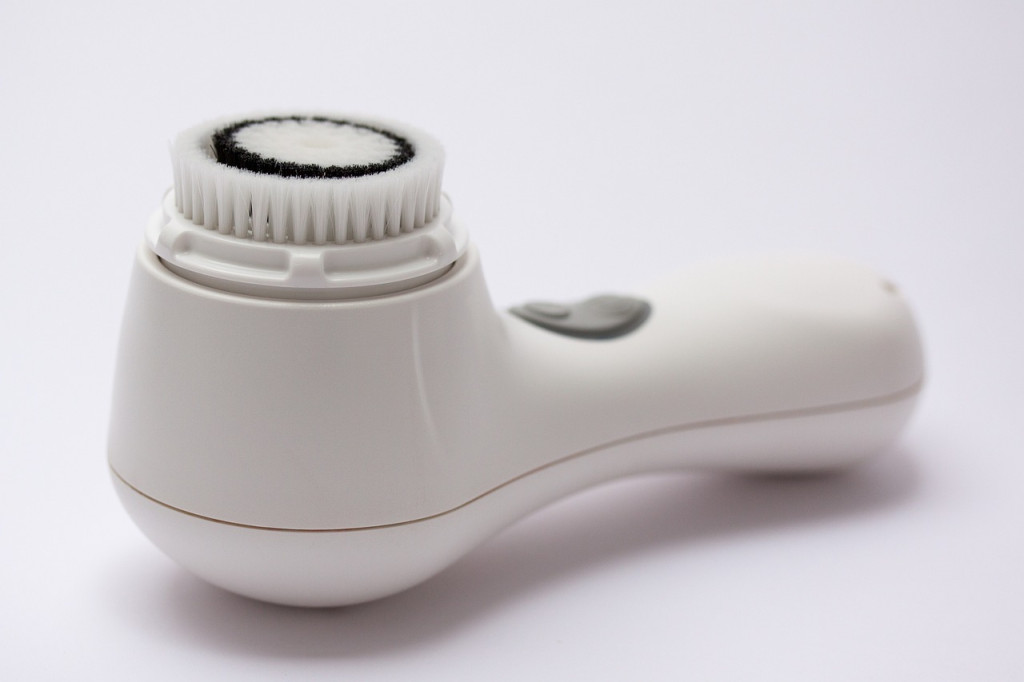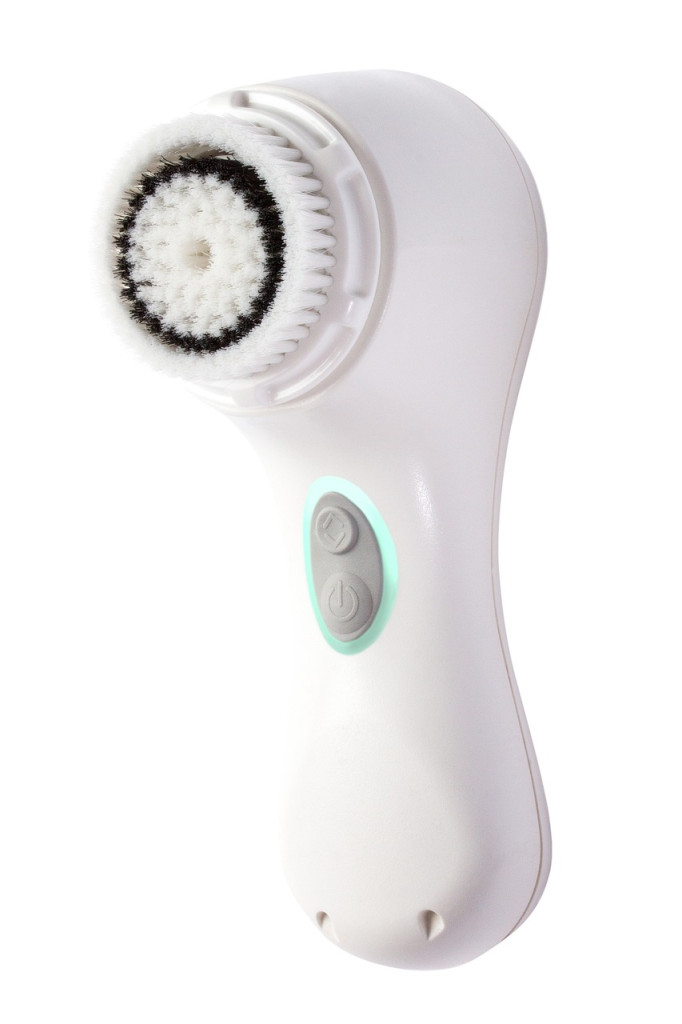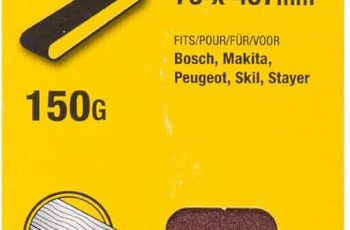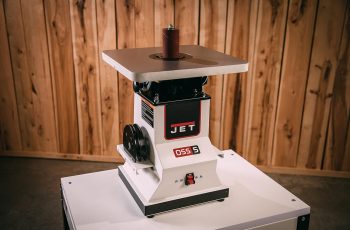You probably don’t spend much time thinking about the design of belt grinders, but did you know that the ergonomic factors can greatly impact your comfort and productivity? In this article, we will explore the importance of ergonomics in belt grinder design, and how it can make a difference in your overall experience. From adjustable handles to optimized weight distribution, these small design features can have a significant impact on your work efficiency and reduce the risk of muscle strain or fatigue. So, let’s dive into the world of belt grinder design and discover how it can improve your grinding experience.

1. Height and Placement
1.1 Height of the machine
When it comes to the height of your belt grinder, it’s important to find a position that is comfortable for you to work with. The ideal height will allow you to maintain proper posture and avoid unnecessary strain on your back and arms. Generally, a belt grinder should be positioned at a height where you can easily reach the controls and work surface without having to bend or stretch too much.
1.2 Placement considerations
Aside from the height, you should also carefully consider the placement of your belt grinder in your workspace. It’s important to ensure that you have enough room to comfortably maneuver around the machine without any obstacles obstructing your movement. Additionally, consider placing the grinder near a power source to avoid any potential hazards such as tripping over cords or wires.
2. Adjustable Controls
2.1 Speed control
Adjustable speed control is a vital feature in a belt grinder, as it allows you to customize the grinding speed to suit different materials and applications. Being able to adjust the speed allows you to work more efficiently, ensuring optimal results and reducing the risk of overheating or damaging your workpiece. Look for a belt grinder that offers a wide range of speed options to cater to your specific needs.
2.2 Tension control
Tension control is another crucial aspect of a belt grinder’s adjustability. It determines how tight the belt is and affects the performance and precision of your grinding. With the ability to adjust the tension, you can ensure that the belt stays in place during operation, minimizing the risk of slippage and achieving consistent and accurate results.
2.3 Tracking control
A belt grinder with reliable tracking control is essential for achieving precise and uniform grinding. This feature enables you to effectively align the belt, ensuring it stays centered and doesn’t veer off course during operation. Look for a belt grinder with easy-to-use tracking mechanisms that allow for quick adjustments to maintain optimal belt alignment throughout your grinding tasks.
3. Handle Design
3.1 Grip shape and size
The design of the handle on a belt grinder greatly impacts the comfort and ergonomics of your grinding experience. A well-designed grip should fit comfortably in your hand, providing a secure and non-slip surface for optimal control and reduced hand fatigue. The size and shape of the handle should allow for a natural grip, minimizing strain on your hand and wrist during prolonged use.
3.2 Handle position
In addition to the grip itself, the position of the handle is also crucial for ergonomic operation. The handle should be strategically placed to provide easy access and maximum control while minimizing the need for excessive arm movements or reaching. Ideally, the handle should be within comfortable reach, allowing you to maintain a comfortable and natural posture throughout your grinding tasks.
4. Work Rest Design
4.1 Adjustable height and angle
A well-designed work rest is essential for ensuring accuracy and safety during grinding. Look for a belt grinder that offers adjustable height and angle options for the work rest. This allows you to customize the positioning of the work rest to suit different tasks and materials, ensuring optimal support and stability during the grinding process.
4.2 Length and width considerations
The length and width of the work rest are important factors to consider for efficient and effective grinding. The work rest should provide ample support for the workpiece, preventing it from slipping or vibrating excessively during grinding. Additionally, the width of the work rest should be wide enough to accommodate the size of your workpiece comfortably. A well-sized work rest ensures stability and enhances the overall control and precision of your grinding tasks.

5. Dust Collection
5.1 Importance of dust collection
Dust collection is a crucial aspect of any belt grinder, as the grinding process generates a significant amount of debris and airborne particles. Without proper dust collection, these particles can pose serious health hazards and create a messy and hazardous work environment. Investing in a belt grinder with efficient dust collection capabilities helps to protect your health, keep your workspace clean, and maintain optimal visibility during grinding.
5.2 Placement and efficiency
When considering the dust collection system on a belt grinder, it’s important to choose one that is strategically placed to effectively capture the generated dust and debris. The system should be designed to efficiently collect and contain the particles, preventing them from dispersing into the air or settling on your work surface. Look for a belt grinder with a well-designed dust collection system that is easy to access and maintain for optimal performance.
6. Vibration Control
6.1 Isolating the motor
Vibration control is essential for a comfortable and safe belt grinding experience. Excessive vibrations can lead to hand fatigue, discomfort, and even long-term health issues. To minimize vibrations, choose a belt grinder that has a motor isolated from the grinding components. This prevents the vibrations from transferring to the handle and reduces the impact on your hands and arms during operation.
6.2 Balancing and dampening
A well-balanced and properly dampened belt grinder further enhances vibration control. Look for a grinder with a balanced design to reduce vibrations and ensure smooth operation. Additionally, features such as rubber dampening pads can further absorb vibrations and provide added comfort and stability during use. Prioritizing vibration control not only enhances the ergonomics of the grinder but also improves the overall quality of your grinding results.

7. Power and Weight
7.1 Optimal power output
Choosing the right power output for your belt grinder is crucial for achieving efficient and effective grinding. Consider the type of materials you typically work with and the level of grinding you expect to perform. Higher power outputs generally allow for faster and more aggressive grinding, while lower power outputs are suitable for lighter tasks. Finding the optimal power output ensures a balance between performance and control.
7.2 Weight for stability
The weight of your belt grinder plays a significant role in its stability and ease of use. A well-balanced and adequately weighted grinder provides better control and reduces the risk of accidental slips or movements during grinding. While a heavier grinder can offer enhanced stability, it’s important to find a weight that you can comfortably handle without strain or fatigue during prolonged use.
8. Belt Tracking
8.1 Mechanisms for belt tracking
Proper belt tracking is essential for accurate and consistent grinding results. Look for a belt grinder that offers reliable belt tracking mechanisms, such as adjustable tracking wheels or tensioning systems. These mechanisms allow you to make precise adjustments to ensure the belt remains centered and properly aligned during operation, minimizing the risk of uneven grinding or belt damage.
8.2 Adjustability and ease of use
Having easily adjustable belt tracking mechanisms simplifies the process of aligning and maintaining the belt on your grinder. Look for user-friendly designs that allow for quick and effortless adjustments. This not only saves time but also ensures that you can easily fine-tune the belt tracking for optimal performance and prolong the lifespan of your grinding belts.
9. Safety Features
9.1 Emergency stop button
Safety should always be a top priority when operating any machine, including belt grinders. Look for a grinder that is equipped with an easily accessible emergency stop button. This feature allows you to quickly halt the grinding process in case of an emergency or if you need to stop immediately. Having an emergency stop button within reach ensures maximum safety and peace of mind during operation.
9.2 Belt breakage detection
Belt breakage can occur unexpectedly during grinding and pose a safety hazard. Some belt grinders are designed with belt breakage detection systems that automatically stop the machine when a breakage is detected. This not only protects your safety but also prevents further damage to the machine and workpiece. Investing in a belt grinder with belt breakage detection ensures a safer and more reliable grinding experience.
10. Maintenance and Ease of Use
10.1 Accessibility for maintenance
Regular maintenance is crucial for keeping your belt grinder in optimal condition and ensuring its longevity. When choosing a belt grinder, consider its accessibility for maintenance tasks such as belt changes, cleaning, and lubrication. Look for a design that provides easy access to the necessary components, allowing for quick and hassle-free maintenance procedures.
10.2 User-friendly design
A user-friendly belt grinder design enhances the overall ease of use and usability. Look for intuitive controls, clear labeling, and ergonomic features that simplify the operation of the machine. A well-designed grinder reduces the learning curve, minimizes the risk of errors, and allows you to focus on your grinding tasks without unnecessary distractions or complications.
In conclusion, the ergonomics of belt grinder design play a critical role in ensuring not only your comfort but also your safety and the quality of your grinding results. By considering factors such as height and placement, adjustable controls, handle design, work rest design, dust collection, vibration control, power and weight, belt tracking, safety features, and maintenance and ease of use, you can choose a belt grinder that offers optimal ergonomics and enhances your overall grinding experience. Remember to prioritize your own needs and preferences, as finding the right belt grinder that suits you will ultimately lead to better efficiency and satisfaction in your grinding tasks.



